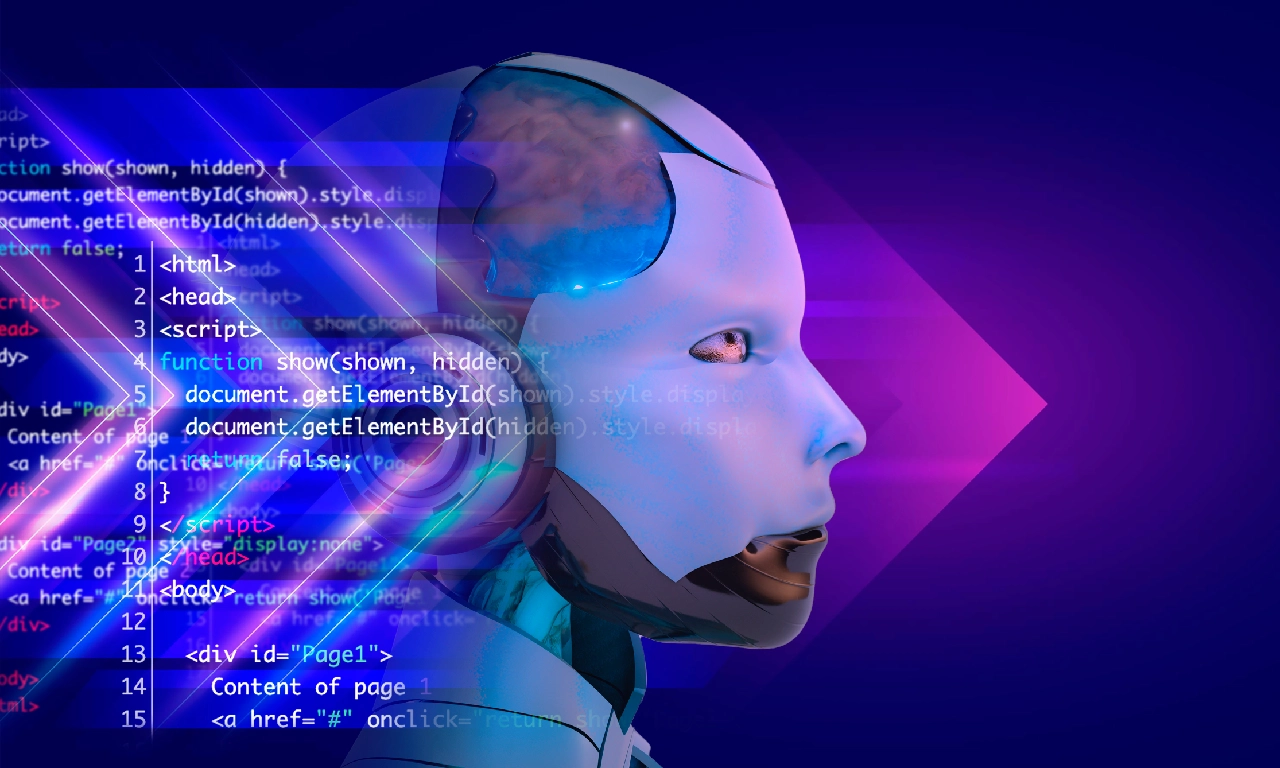AgentKit OpenAI: The Next-Gen Agent Builder Platform

OpenAI recently introduced AgentKit, a toolkit that aims to simplify the how and what of building intelligent AI agents. If you’ve ever thought building a multi-step AI assistant was complex, AgentKit promises to flatten that learning curve. Let’s unpack what it is, why it matters, and how you can try it yourself.
What is AgentKit?
AgentKit is OpenAI’s newly launched agent builder platform designed to help developers move from prototype to production with less friction.
Unlike bare-bones SDKs, AgentKit provides an integrated ecosystem that includes a visual canvas for designing agent workflows, tools for embedding chat experiences, and a connector registry for integrating external data sources and APIs. It also introduces enhanced evaluation tools, built-in guardrails, and traceability for monitoring and refining agents.
In short: AgentKit is not just an SDK - it’s a full-stack framework for managing the lifecycle of agent development, deployment, and operations. It bridges the gap between simple API calls and fully agentic AI applications.
Why AgentKit Matters in the OpenAI Ecosystem
AgentKit reduces fragmentation in agent tooling by unifying all major development components - orchestration, chat integration, API connectors, evaluation pipelines, and deployment management - into one streamlined interface.
This drastically speeds up iteration cycles. Early enterprise testers reported they could build internal workflow agents in hours instead of weeks. AgentKit’s visual tools and modular blocks empower both developers and product managers to collaborate seamlessly without needing deep coding expertise.
The platform also strengthens observability and governance with built-in guardrails, evaluation logs, and trace monitoring - features critical for ensuring agent reliability and safety.
Perhaps most importantly, AgentKit complements OpenAI’s broader ecosystem. It integrates naturally with OpenAI’s APIs and serves as a practical layer for orchestrating agents built on top of models like GPT-4.5.
Key Components & Modules of AgentKit
AgentKit combines several essential elements that simplify building and managing intelligent agents within one cohesive system. Its visual canvas enables drag-and-drop logic creation, letting developers connect data, decision paths, and output nodes without writing extensive code. The ChatKit module allows teams to embed conversational UIs directly into applications powered by these agents.
The platform also includes a connector registry for managing API and database integrations, plus built-in guardrails and evaluation tools that test safety, reliability, and correctness. For operations teams, versioning and deployment features make it simple to roll out agent updates, manage revisions, and monitor performance once agents go live.
Together, these modules form a full-cycle development and management environment - from ideation to deployment - inside the OpenAI ecosystem.
Early Reactions & Developer Commentary
Positive signals
-
Developers praised the simplicity and visual workflow that lets them drag, drop, and test logic nodes without manual orchestration.
-
Early demos showed complex agents being built in under ten minutes using the visual canvas.
-
AgentKit is seen as a major time-saver, turning what used to take months of backend coordination into hours of configuration.
Some skepticism & caveats
-
While the interface simplifies design, complex domain logic and multi-step orchestration still require thoughtful architecture.
-
Teams without AI expertise may still face challenges in structuring agents effectively.
-
The platform is in early rollout, so advanced integrations might arrive gradually.
How to Get Started with AgentKit (Tutorial & GitHub Links)
To explore AgentKit OpenAI, start with the OpenAI Agents SDK, which defines agents, tools, and guardrails through simple code. Developers can then migrate to the visual interface once AgentKit access is granted.
Sample code (Python):
from agents import Agent
agent = Agent(
name="Math Tutor",
instructions="You help with math problems step by step"
)
There are also community-driven GitHub projects[1] inspired by AgentKit that demonstrate similar ideas. Once AgentKit becomes generally available, users can request access through the OpenAI platform, define workflows visually, add connectors, test guardrails, and deploy agents using built-in versioning and monitoring.
Steps to try AgentKit (once access is available)
-
Sign up / request access via OpenAI (likely through DevDay or internal waitlist).
-
Get familiar with the visual canvas, drag nodes, define branching logic, set guardrails.
-
Use ChatKit to embed your agent into a UI (e.g. in a web app).
-
Integrate connectors (APIs, DBs) for agent context.
-
Use built-in evaluation tools to test, trace, refine behavior.
-
Deploy and monitor agent version changes.
AgentKit vs Existing Agent Frameworks / SDKs
| Feature / Dimension | AgentKit (OpenAI) | OpenAI Agents SDK / LangChain / Other |
|---|---|---|
| UI & Visual Workflow | Yes — drag & drop interface | Primarily code-based, no visual editor |
| Built-in Chat Embedding | ChatKit module available | Integrated manually |
| Guardrails / Evals | Native support | Requires extensions |
| Connector management | Built-in registry / integration support | Custom integration per project |
| Deployment & Versioning | Built-in lifecycle tools | Requires separate setup |
| Learning curve | Lower for non-engineers | Steeper — coding required |
Use Cases & Examples
AgentKit can streamline many real-world applications:
-
Internal automation agents - automate procurement, HR onboarding, and customer data processing.
-
Customer support bots- integrate with ticketing systems, run internal queries, and escalate to humans when needed.
-
Multi-agent orchestration - coordinate agents that handle specialized sub-tasks for research, analytics, or content generation.
-
Domain-specific assistants - legal, financial, or healthcare agents built with layered safety checks and role-specific prompts.
AgentKit vs N8N: Which Automation Platform Fits Your Business Best?
Here’s how AgentKit stacks up against n8n when building AI agents and intelligent workflows. While both offer visual development experiences, their design philosophies and strengths diverge in meaningful ways.
| Feature / Dimension | AgentKit (OpenAI) | n8n |
|---|---|---|
| Visual & Logic Model | Builds agents as reasoning systems — nodes encapsulate decisions, tool calls, and branching logic | Workflow nodes perform deterministic actions (HTTP request, filter, etc.) |
| Integration / Connectors | Focused, high-quality connectors with controlled access (API, database, internal systems) | Broad library of integrations (Slack, Notion, databases, etc.) |
| Execution & Feedback | Agents can evaluate, replan, and self-correct via built-in trace & eval tools | Executes predefined flows; manual debugging & monitoring |
| Use Cases | Autonomous agents that reason, plan, and adapt mid-task | Automations, backend workflows, data syncs |
| Governance & Safety | Native guardrails, versioning, traceability, safety controls | Less emphasis on deep safety; users build checks themselves |
| Deployment & Runtime | Embedded in OpenAI infrastructure, version management and rollout built in | Self-hosted or cloud deployment, simpler runtime model |
n8n operates in the automation world; think of it as a developer-friendly version of Zapier. It’s built for connecting APIs, databases, and web services using a node-based editor. You define precise, step-by-step workflows: when X happens, do Y. It’s great for predictable, event-driven logic but lacks true “intelligence.” It automates, it doesn’t think.
AgentKit, on the other hand, is about building reasoning systems. Instead of just wiring actions, you create agents that can plan, act, evaluate, and even improve themselves. Its nodes can represent autonomous agents powered by large language models that decide what to do next, invoke tools, or spawn sub-agents.
Where n8n is procedural and deterministic, AgentKit is cognitive and adaptive. It includes built-in evaluation, feedback, and optimization, measuring how well your agents reason and improving them through reinforcement fine-tuning. n8n simply executes instructions; AgentKit measures intelligence.
Things to Watch & Challenges Ahead
-
Access and pricing - likely limited rollout initially.
-
Customization limits - abstracted interfaces may restrict deeper logic control.
-
Safety & compliance - ongoing monitoring and evaluation are essential.
-
Latency - multi-step logic and API calls may slow responses.
-
Ecosystem growth - success depends on developer adoption and available templates.
AgentKit & “AMD OpenAI” Connection
At OpenAI Dev Day 2025, OpenAI also highlighted its growing hardware partnership with AMD - a move that ensures powerful infrastructure for compute-intensive agent workloads. This AMD OpenAI news signifies a stronger backbone for platforms like AgentKit, allowing faster response times and higher scalability as developers create more complex agents.
Final Thoughts
AgentKit represents a pivotal leap for the OpenAI platform a transition from code-heavy frameworks to intuitive, modular design environments. Its drag-and-drop simplicity, combined with safety, observability, and deployment tools, empowers developers to focus on logic and creativity rather than infrastructure.
Still, AgentKit isn’t a “no-thinking” solution; it’s a robust foundation that rewards thoughtful architecture and responsible design. With time and community feedback, it could become the go-to framework for building and managing intelligent agents on OpenAI.
At GrowthJockey - Full Stack Venture Builders, we see AgentKit as a defining step toward the next evolution of enterprise AI. Its combination of modular intelligence, embedded safety, and scalable deployment aligns perfectly with our vision of building responsible, high-impact AI systems that empower businesses to scale innovation - not complexity.
FAQs On AgentKit OpenAI
Q1. What is the difference between AgentKit and the OpenAI Agents SDK?
AgentKit provides a visual platform with UI embedding, guardrails, and deployment tools, while the SDK focuses on code-based agent logic and modular building blocks.
Q2. Is AgentKit available on GitHub?
Not yet. OpenAI’s official AgentKit is in controlled release, but related community projects on GitHub explore similar frameworks.
Q3. How does AgentKit handle safety and guardrails?
It includes built-in evaluation modules, allowing developers to configure checks, trace logs, and safety constraints within the design workflow.
Q4. Can non-developers use AgentKit?
Yes, partially. The drag-and-drop canvas makes it accessible, but complex workflows still require logical planning and AI literacy.
Q5. When will AgentKit be available?
AgentKit was introduced at OpenAI Dev Day, with early access beginning for select developers. Broader availability is expected soon.
Q6. Does AgentKit support multi-agent workflows?
Yes, the platform supports orchestrating multiple agents that can hand off or collaborate on tasks, making it ideal for complex enterprise automation.








